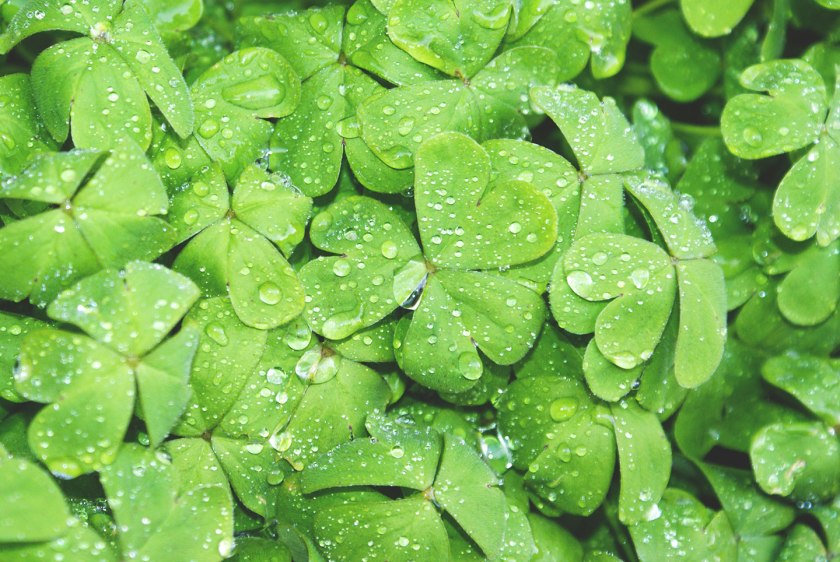
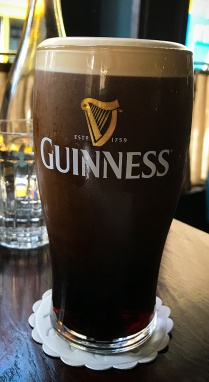
My blog hit its second anniversary while I was in Ireland for the travel blogging conference, TBEX Europe.
There’s a symmetry to this for me: as a traveler delving into a new country for the first time; as a writer and lifelong lover of literature arriving in the home of James Joyce, W.B. Yeats, Oscar Wilde, and George Bernard Shaw; as a student in the business of blogging, here to learn more.
So over the course of my week in Ireland, I raised many pints of Guinness and multiple glasses of Irish whiskey to life, to travel, and to my anniversary. Sláinte!
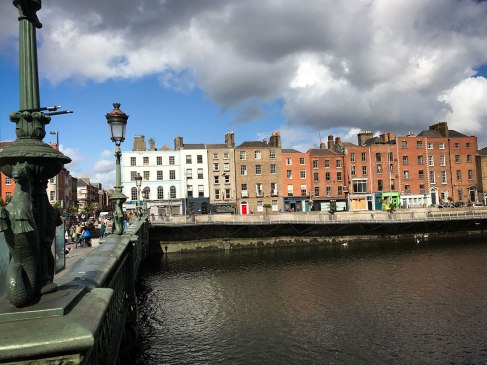
Three Days in Dublin

It is impossible to know Dublin in only three days, but my friend Pat Wetzel of Cancer Road Trip and I gave it our all (you’ll find find Pat’s account of our doings in Dublin here). We started with an overview tour, then delved into: St. Patrick’s Cathedral, Christ Church, Temple Bar, Dublin Castle, Trinity College, the Guinness Storehouse, the Joyce Center, and the Writers Museum, drank plenty of Guinness, and sampled some amazing Irish whiskey.
On jet-lag Friday, we went to the Guinness Storehouse to learn more about how the Black Stuff is made.
The Storehouse is in the St. James Gate Brewery in a fermentation building dating from 1904. It’s a slick museum of Guinness, and the most popular tourist attraction in Ireland. What did I think? Well, the words tourist trap come to mind. The Gravity Bar at the very top of the Storehouse has an amazing 360° view of Dublin, and would be an excellent place to enjoy that pint of Guinness that comes as part of your entry fee — except that it was so crowded when we were there that we could barely move.
After preparing for rain, we were blessed with good weather — and when the sun came out during our visit to St. Patrick’s Cathedral, we made a beeline for the green to take advantage of the light.
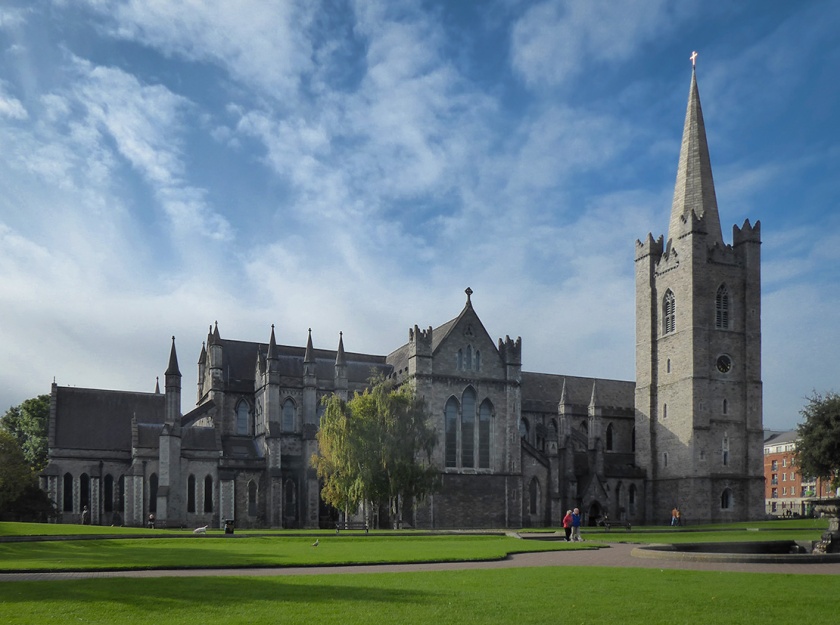
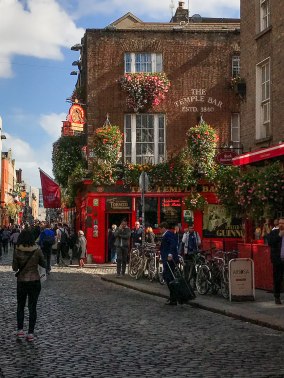
We wandered from St. Patrick’s to Christ Church, then into Temple Bar to find a good pub for lunch. Temple Bar is an area of Dublin bounded by the River Liffey and Dame Street, then Fishamble Street and Westmoreland Street on the east and west sides. It’s home to things such as the Irish Photography Center, the Gaiety School of Acting, and the Irish Stock Exchange, then in the evening it’s the center of a lively nightlife — so there are plenty of pubs :-).
We found one to our liking (BadBobs) and settled in to review photographs and talk. The lamb shank I ordered to accompany my Guinness was outstanding.

James Joyce and Dublin
Saturday afternoon found us on a walking tour: Introducing Joyce’s Dublin. Parts of the route followed in Leopold Bloom’s footsteps, and other stops, like the one at the Gresham Hotel, took us into stories in The Dubliners, such as The Dead. I thought the tour was great, and anyone interested in 20th century literature will enjoy seeing Dublin through Joyce’s eyes. The James Joyce Center offers several different tours that change from week to week, and when I return to Ireland, I’ll try a different one.
While I easily loved The Dubliners the first time I read it, Ulysses deviled me as a college student. The stream of consciousness style of James Joyce’s writing can be difficult to handle — it requires dedicated attention. Yet it is listed as one of the top 100 novels in the English language, and for a lover of writing, it’s a must-read. The Joyce Center has inspired me to attack the book again, this time with both Ulysses: Dublin Illustrated Edition
and the audio version with two narrators: Ulysses Audiobook
(additional information about the narrated version is at the bottom of this article).
Following our Joyce tour, we went to see the Garden of Remembrance, a memorial to those who died in the Easter Rising of 1916. Then, still on a literary high — we noticed the Writers Museum across the street from the garden, and went in to explore. I found it disappointing. While they do have a small, interesting collection of letters and books, the displays were incredibly dated, and for most people, this is not a great way to spend limited time in this special city.
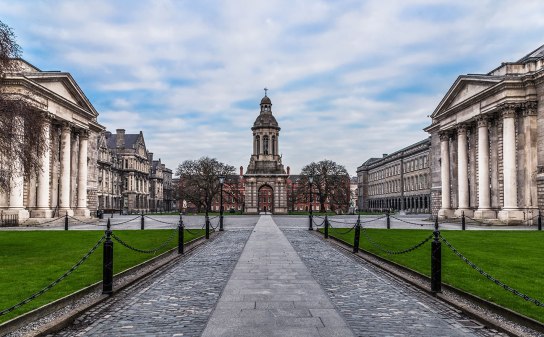
The Book of Kells, Trinity College
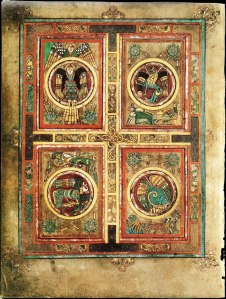
On Sunday, we made our way to Trinity College. Mission: see the Book of Kells and the Long Room in the Old Library. The Book of Kells, an illuminated manuscript of the gospels of the New Testament dating from ca. 800 AD, was created at the Columban monastery in Ireland. It is one of this country’s great national treasures.
I would strongly recommend booking tickets for the Book of Kells ahead, and even with this, expect to stand in line for at least twenty minutes. You’ll see the Long Room of the Old Library after you finish viewing the exhibition about the manuscript.
When you know you have to return . . .
The clock was ticking down towards our train ride to the conference.
On our last Dublin afternoon, we drove past the bullet-riddled columns of the GPO, the General Post Office — rebel headquarters for the Easter Rising. I turned my head to watch the building recede, knowing that I’d have to return to “go deep” in Ireland, to really know and understand this country. So I raise my glass to Dublin, and simply say — “I like you too well to leave. And I’ll be back.”
Ah! Ow! Don’t be talking! I was blue mouldy for the want of that pint. Declare to God I could hear it hit the pit of my stomach with a click. — Ulysses, James Joyce
Practical Notes: Hotels
We stayed at the Conrad Hotel near St. Stephen’s Green for our first three nights in Dublin, which was outstanding. It really exceeded my expectations. The service level of the staff was outstanding, and the room very comfortable. Breakfast was included in our rate, and I thought the buffet was very good.
Hotel in Dublin: The Conrad
Our one unpleasant experience was at Harrington Hall in Dublin on our final night after our rail trip back from Killarney. The Conrad was not available when I booked, so we chose the Harrington for the last evening before we flew home. It is also near St. Stephen’s Green, but unfortunately right across the street from very noisy nightclubs. There is no air conditioning, and we had to open a window because the room was a bit stuffy. Even though our room was at the back of the hotel, we listened to racket from the bars all night long — things didn’t go quiet until around 4:00 am. Never again.
Reading James Joyce
For anyone who’s struggled with Ulysses, and would like to have another go at it, I found Tadhg Hynes comments on recording the audio book interesting, and the audio excerpt on Amazon engaging. I’ve just started listening to this version on Audible, while reading the Ulysses Dublin Illustrated Edition — makes SUCH a difference. If you’re thinking that this approach might work for you, I’d encourage you to listen to the audio excerpt to see what you think.
Like the post? Share it!
 |
 |









